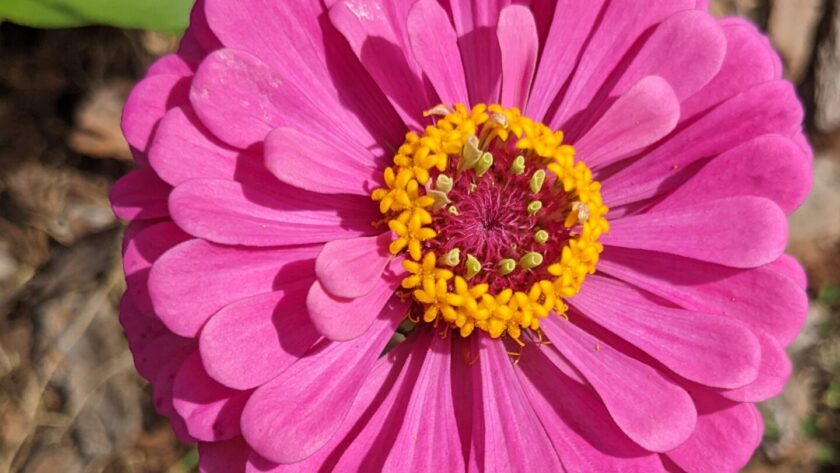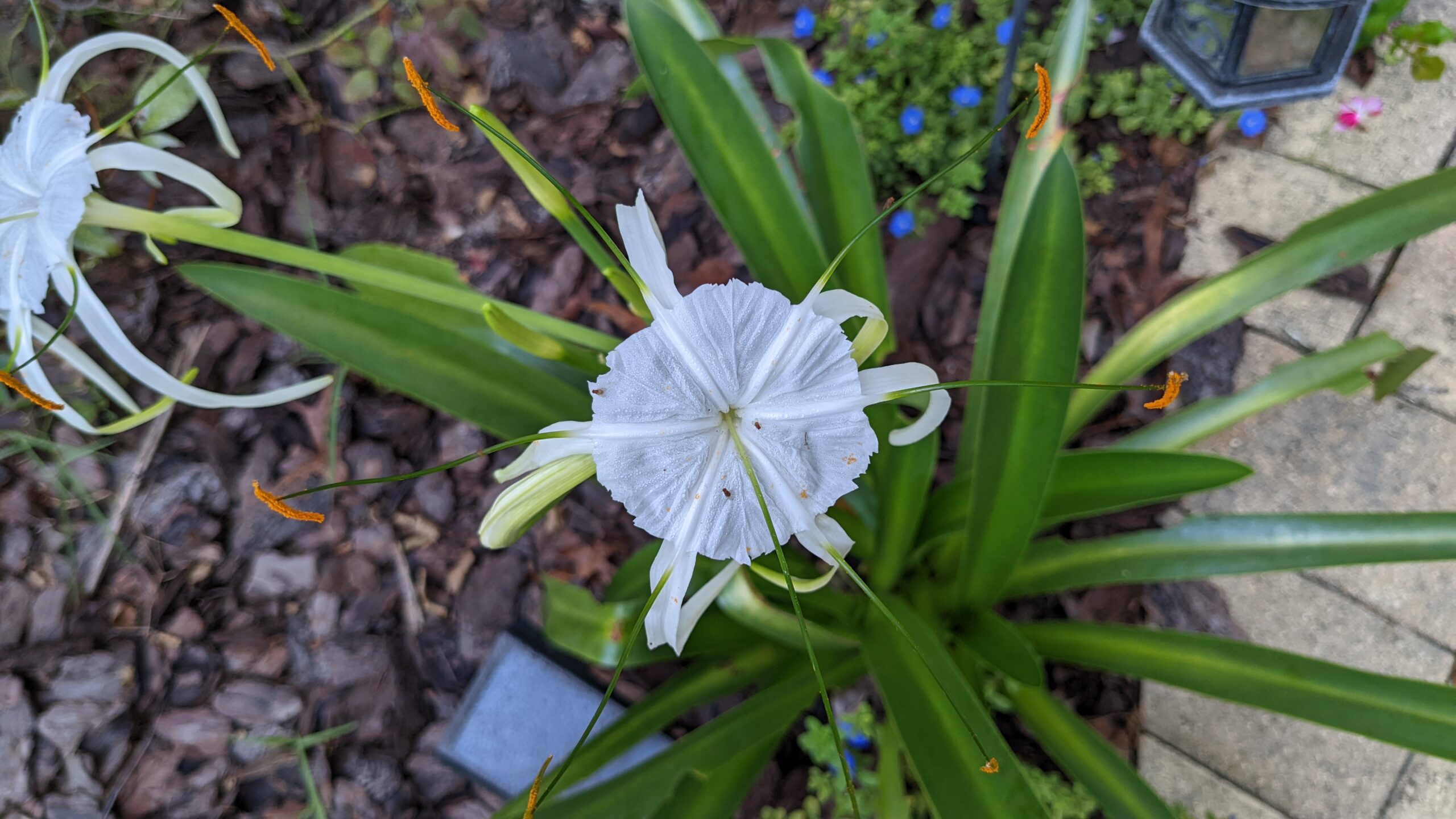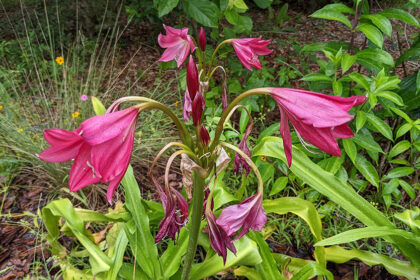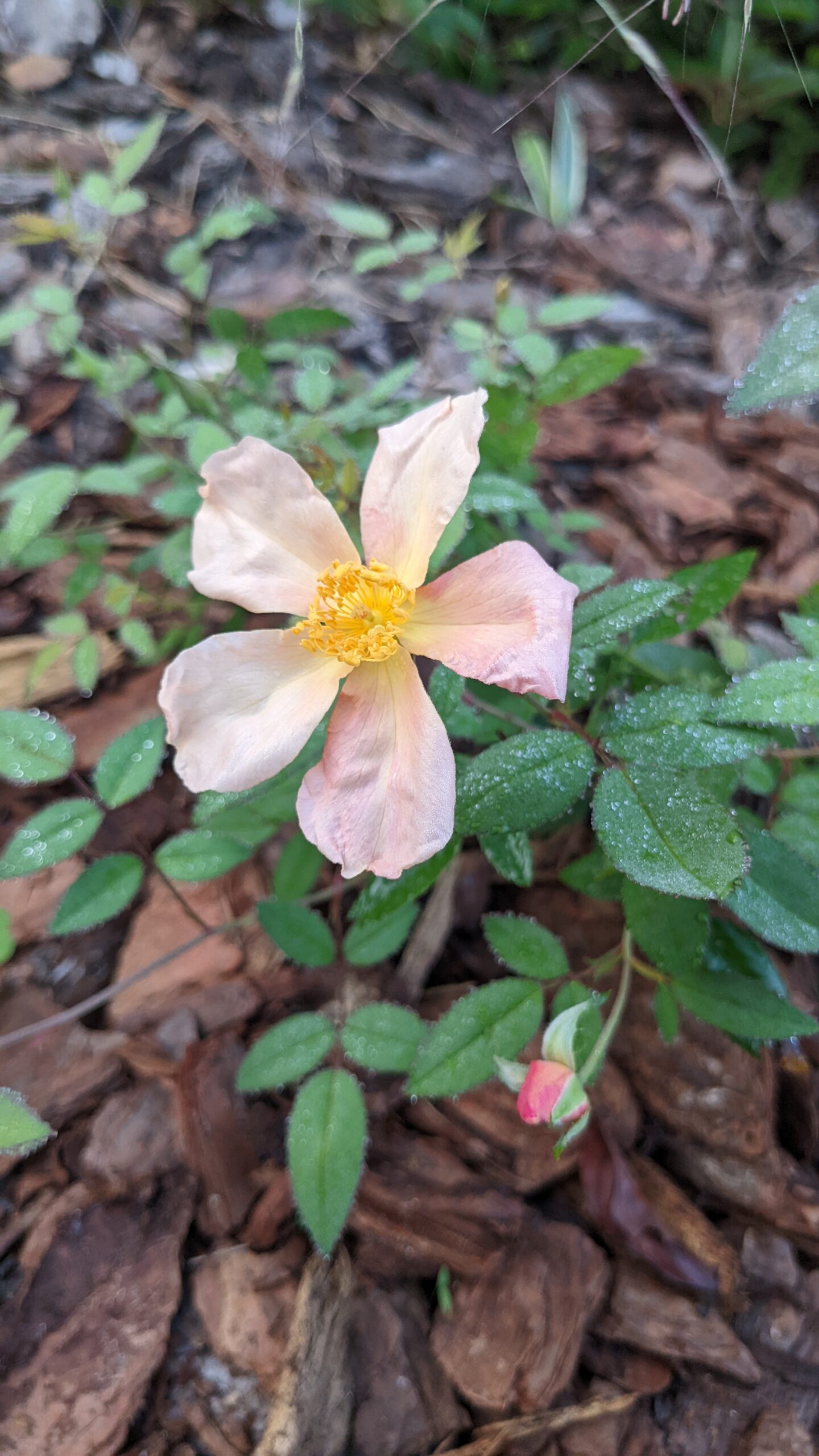Where I live, north of Tampa, Florida, is agricultural zone 9b. This means, the lowest temperatures are 25°F to 20°F. The past couple of years, we barely got down to 32°F. To grow plants successfully here, it’s also important to know heat indexes, amount of rainfall, and the dates of first and last freeze.
My area is in heat zone 10 which means there are 121 – 150 days with temperatures above 86°F. That’s pretty close to 40% of the year. We get 51 inches of rain per year, where the national average is 38 inches. Here, the average January low temperature is 46 degrees, while the average July high temperature is 90 degrees. You can expect average temps above 85 degrees from May through September. Many plants simply cannot endure these conditions with tons of rain and lots of brutal heat. The rain encourages fungal disease. The heat, just exhausts plants and they wither then rapidly decline. In addition, several of the plants I used to love to grow in New Jersey, (giant hostas, rhododendrons, tulips, irises, hyacinths, crocuses, alberta spruce, and nearly all japanese maples) just don’t get enough cold days or it’s too hot here to thrive and bloom.
Freeze Dates
The town closest to me on this website (almanac.com/gardening/frostdates/zipcode/) is Weeki Wachee. In this area, the first frost date is somewhere around December 20th and the last freeze date is February 18th.
Many believe that fall plantings should be 6-8 weeks before the first freeze date. In my area, that means I should plant cool flower seeds around October 25th – November 8th. And, if you plant seeds indoors, subtract 6-8 weeks from that… which means you can start planting seeds indoors near August 30th.
For spring plantings, the date calculations would be 6-8 weeks before the last freeze date. In my case, December 24th – January 7th for outdoor sowing. Since I am a pretty lazy gardener, from a seed perspective, I love to direct sow into the ground. My best word of advice for this method is to assure the area is free of weeds and covered in mulch to protect the seeds from harsh sun while retaining moisture. I prefer organic mulch and typically use pine bark or pine needles.




